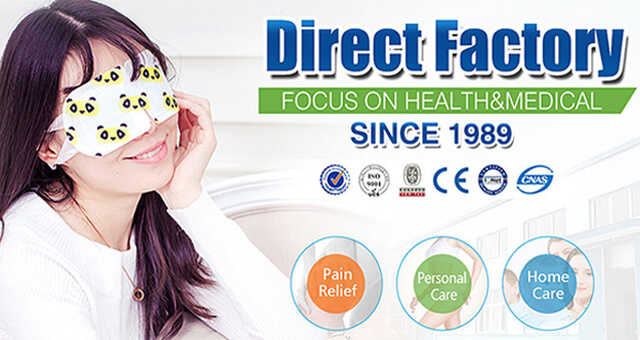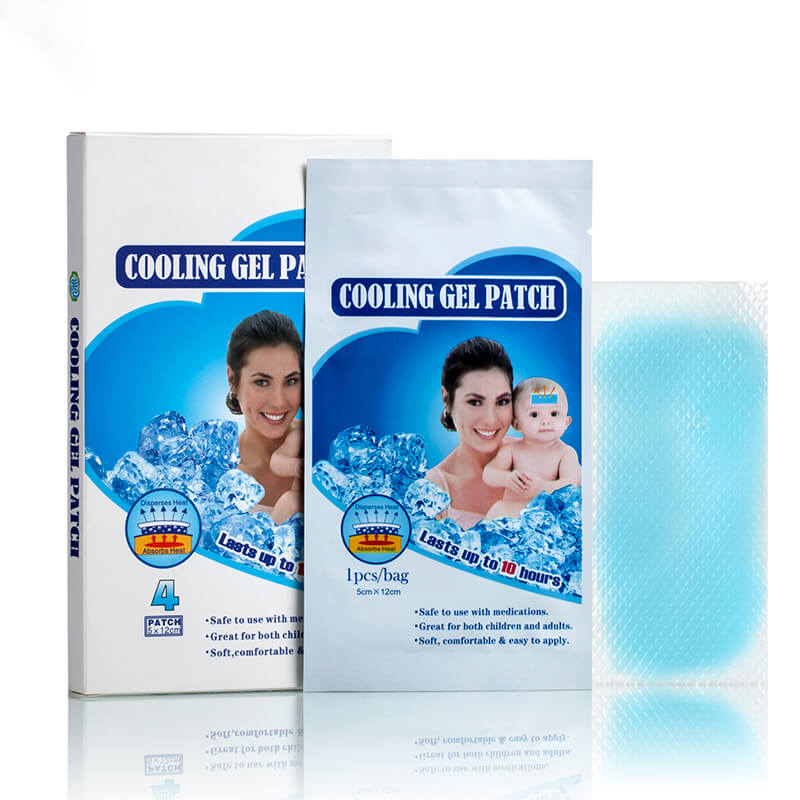Author:Kangdi 12-01-2022
What should I do if my baby is sick with a fever? Go to the hospital immediately or tackle it at home on your own? You can manage your baby's fever at home in one of the following situations: if the temperature does not exceed 39.5°C and the baby is still in good spirits, then you can manage the fever at home.
There is a general rule about fever in babies: if the baby's hands and feet are cold and the baby's face is pale, the temperature will rise; if the baby's hands and feet are warm and sweaty, the temperature will not rise any further.
Babies are prone to colds and fevers because they have a weaker constitution and weaker resistance. Therefore, when babies have a fever, many mothers use cooling patches to bring their baby's body temperature down to a normal level. So how should a fever cooling patch be used?
01. Composition and principle
Fever cooling patches are usually made up of a backing layer, a gel layer and a polyethylene film overlay. The gel layer of the cooling patch contains a hydrophilic polymer hydrogel. Polymer hydrogel is a multi-element system consisting of a three-dimensional cross-linked polymer network and water. It can swell in water and retain large amounts of water without dissolving. The cooling patch removes local heat from the body by evaporation of the water in the gel layer, providing a physical cooling and fever-reducing effect.
02. Precautions for use
1. Physical Cooling
If the body temperature does not exceed 38.5 degrees, perform physical cooling. Wipe the face, neck, armpits and back with warm water. If this still does not work, give the child a hot bath or rub 1:10 alcohol to water. Small palms and soles of the feet. Do not rub the skin with pure alcohol to avoid alcohol poisoning in your baby.
2. Do Not Overdress
Do not overdress your baby to ensure that the heat can escape. When a baby has a fever, his body's immune cells are fighting a virus that causes his body temperature to rise. If effective, this will greatly improve your baby's own immune system. If your baby's temperature does not exceed 38.5 degrees, don't worry too much.
3. Use Time
Fever cooling patches are usually used for 6-8 hours, but once your baby's temperature has dropped to a normal level, the patches are no longer needed. Be careful with medication when your baby has a fever, as medication generally has side effects and may cause a greater burden on your baby's body.
It is mainly a medical device product in the domestic market. If your baby is prone to allergies, it is best to avoid using them or to control the duration of use more strictly. If your baby is prone to allergies, it is best to avoid using them or to control the duration of use more strictly. Pay attention to the ingredients of the product. If it contains a herbal formula, you must carefully consider whether your baby will be allergic to the ingredients.
Babies may react differently to the same ingredients in different body conditions. There is no allergic reaction this time does not mean that there will not be an allergic reaction next time. So it is important to control the time each time you use the cooling patch. Although the instructions may say it can be used for 4-8 hours, try to avoid prolonged use due to age and individual differences. Check your baby's skin for redness and swelling. If redness occurs, remove immediately, rinse off with water and apply cold compresses to relieve allergy and swelling. If the skin is red, swollen or oozing with fluid, seek medical attention.
 0086 19937104978
0086 19937104978





